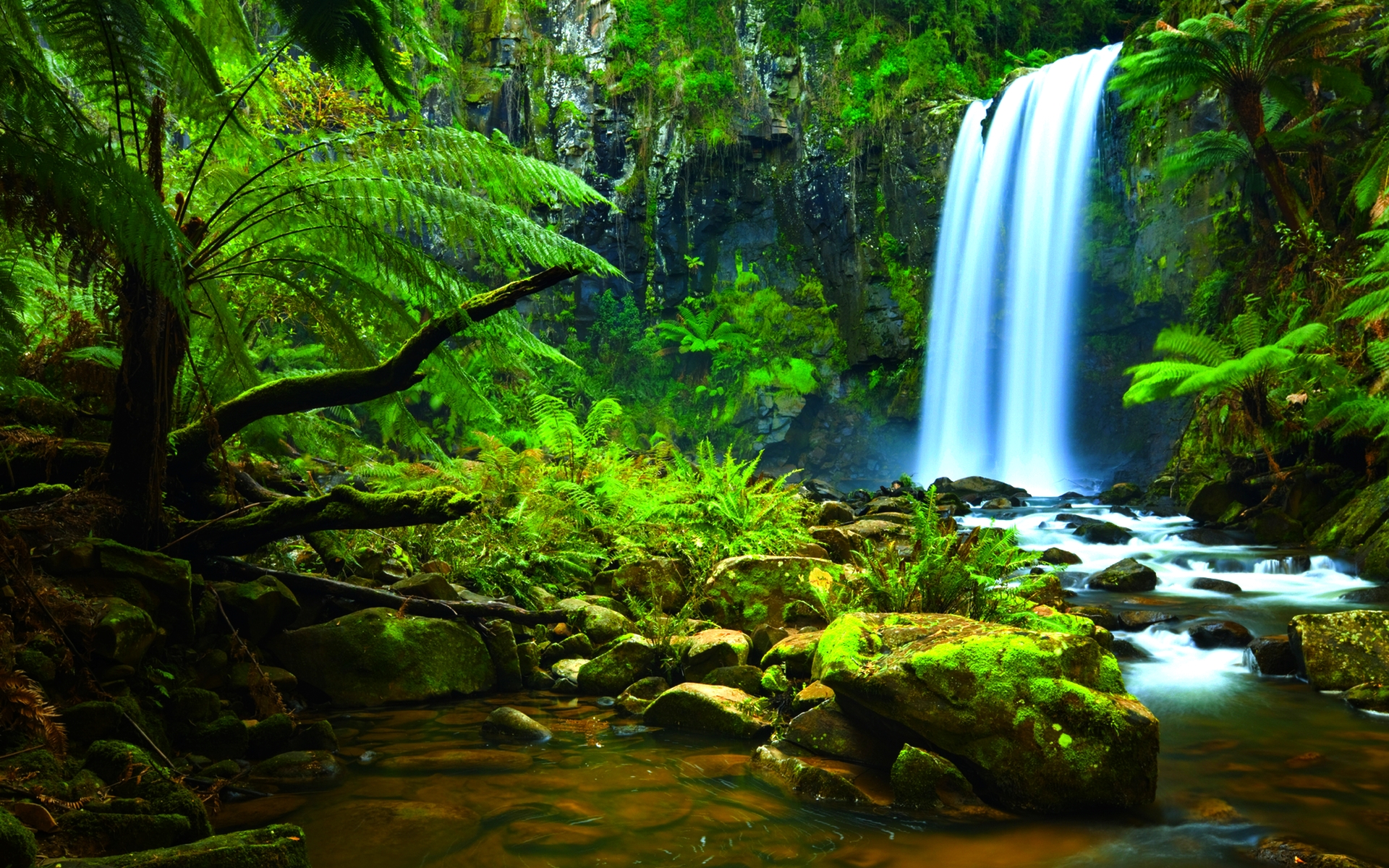20 percent of rainforests in the Amazon have been chopped down in the last 40 years. Solutions to the issue of have been hard to come by. The decrease in supply has been followed by an increase in demand, which has raised the price of rarer woods, giving loggers a big reason to keep chopping. Connect that with the inability to replant trees quickly enough to compensate for the loses (planting saplings is resource intensive) and you have a major problem. Thankfully, a new planting process is looking to completely overall the existing system in order to resurrect Brazil’s tropical forest.

How will this happen? First, we need some background. The “muvuca” process was created a few years back, and the Portuguese phrase translates to “unruly crowd.” A wide assortment of seeds from more than 200 unique species will be provided by the Xingu Seed Network. Many volunteers collected these seeds from around the world and they’ll be dumped onto deforested land that has been damaged and burned, in order to replenish growth.
From there, it’s up to the Amazon’s nature to determine the next step. Up to 90 percent of the seeds will collect enough nutrients to grow into trees. This provides more opportunity for plants and trees to flourish when compared to raising saplings. Not only do they require more labor, but many wouldn’t be able to thrive in the harsher climate.
“With plant-by-plant reforestation techniques, you get a typical density of about 160 plants per hectare,” Rodrigo Medeiros, Vice President of Conservation International, said to Fast Company. “With muvuca, the initial outcome is 2,500 species per hectare. And after 10 years, you can reach 5,000 trees per hectare. It’s much more diverse, much more dense, and less expensive than traditional techniques.”

Conservation International, an agricultural group, worked with local farmers in Brazil to test the method out. Not only did they find an increase in economic growth, but an immediate decline in carbon emissions.
Luckily, deforestation has gone down over recent years. Back in 2015, Brazil pledged to restore roughly 30 acres of deforested Amazon and to increase renewable energy usage by 2030. In that time frame, they also wanted hydropower to factor in up to one-third of their total energy generation. This new project will open up 2,000 temporary jobs for locals and families can gain up to $700 per hectare (equivalent to 2.47 acres).
Conservation International believes that approximately 73 million trees will be sprouting up after their efforts are over in the Amazon. They’re hoping to restore over 70,000 acres and to clean up the mess that deforestation has left behind.







